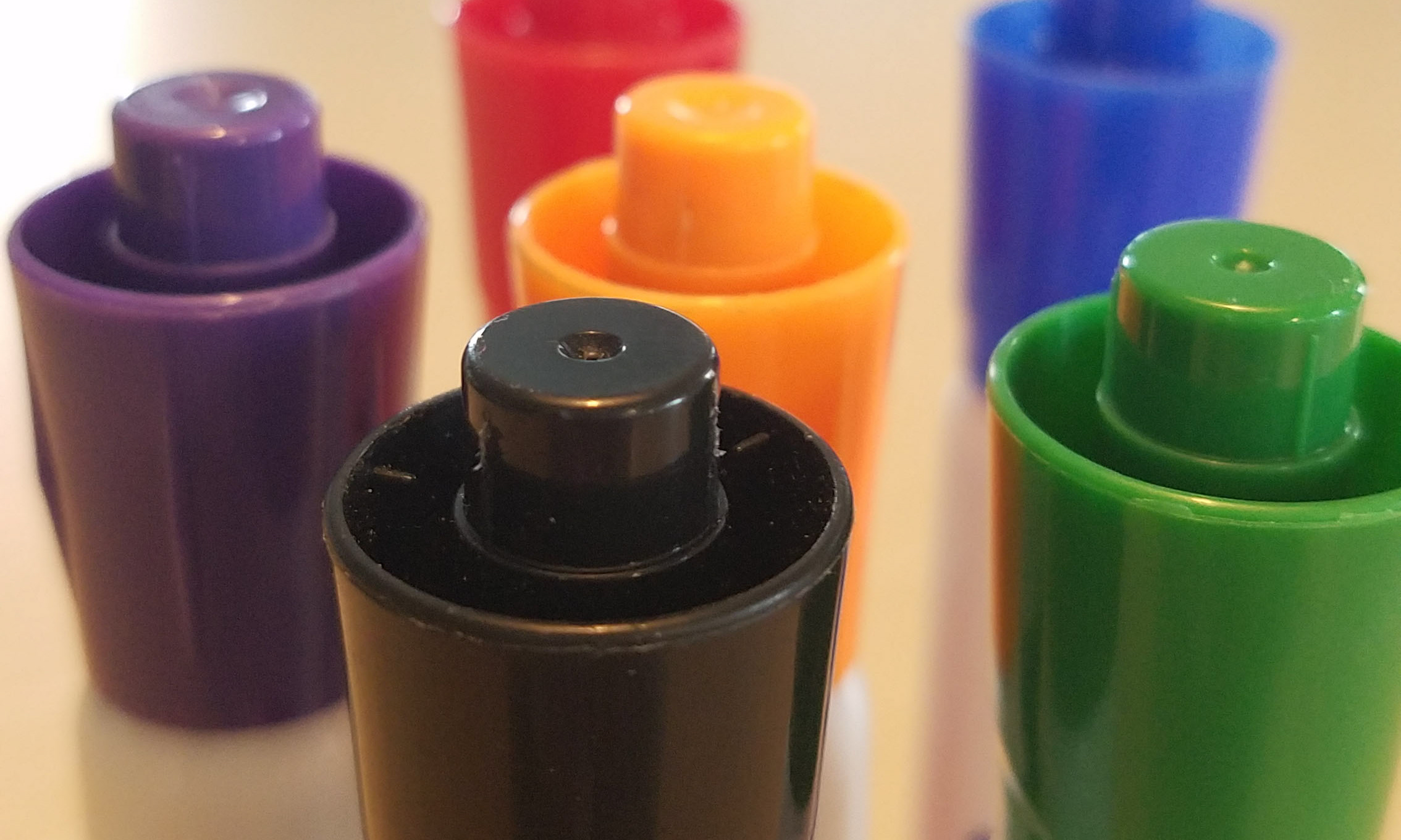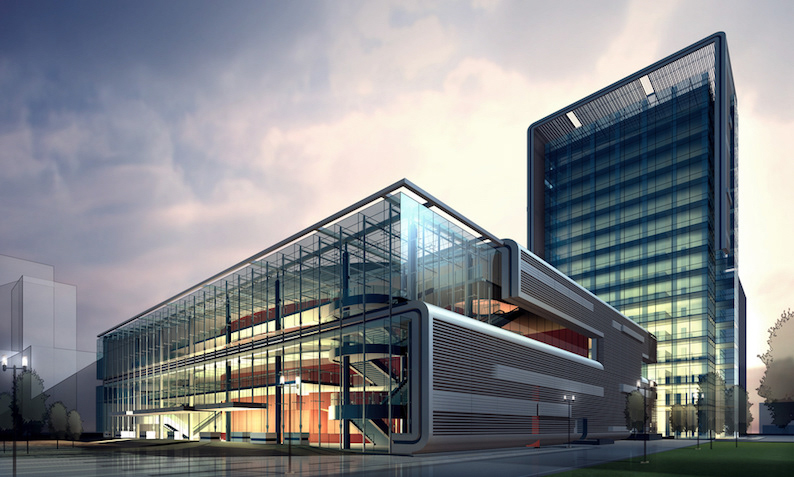With the Mars rovers “Spirit” and “Opportunity” in the headlines, the Carnegie Mellon Robotics Institute wanted to increase the public’s awareness of robotics and share how NASA scientists use robots as exploration tools.
Using a mission control interface, museum visitors would design a mission to send rovers on a semi-autonomous mission to search for signs of life in “Mars Yards” specially designed to mimic Martian terrain. Starting with images sent from the rover in its current location, users would independently select direction and distance for the mission. When the rover arrived at a rock, a UV light would highlight signs of life.
Here is a research report on the educational results of the Personal Exploration Rover museum exhibit.
An attract loop and guided sequence of steps were used to first educate users of all ages, then help them successfully design and execute a mission.
The Personal Exploration Rover (PER) exhibits were experienced by visitors at the Smithsonian’s Air and Space Museum in Washington, D.C., including at its new Udvar-Hazy Center at Dulles International Airport; the National Science Center in Augusta, Ga.; The San Francisco Exploratorium; and the visitor center at NASA’s Ames Research Center at Moffett Field, Calif.






